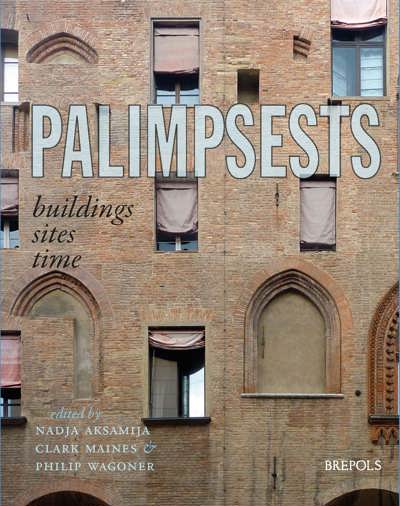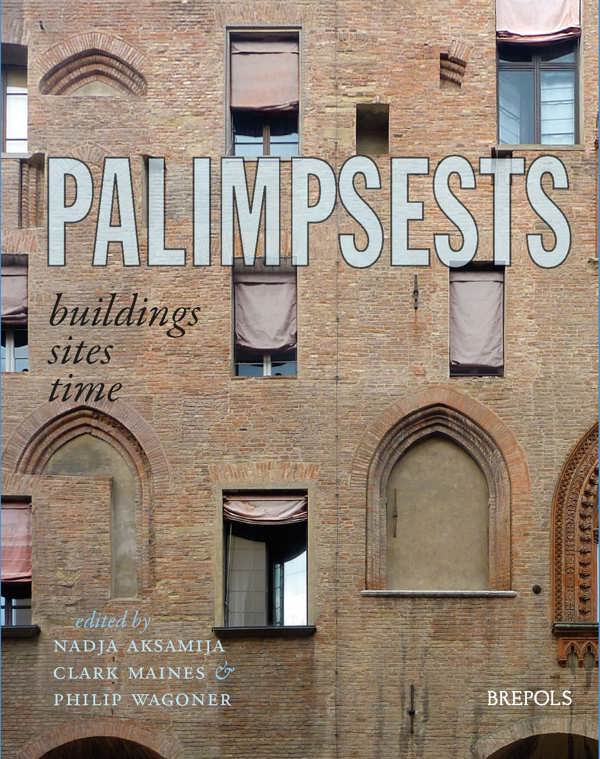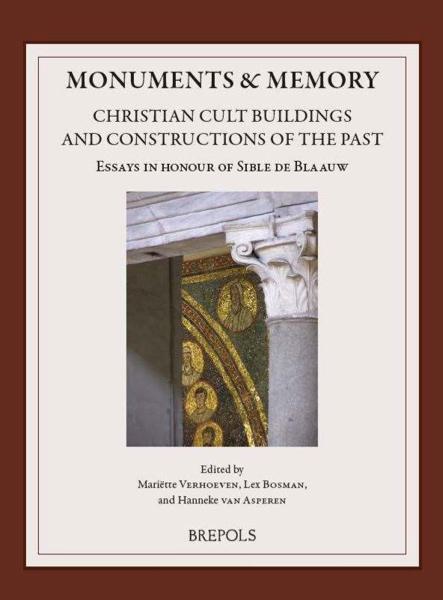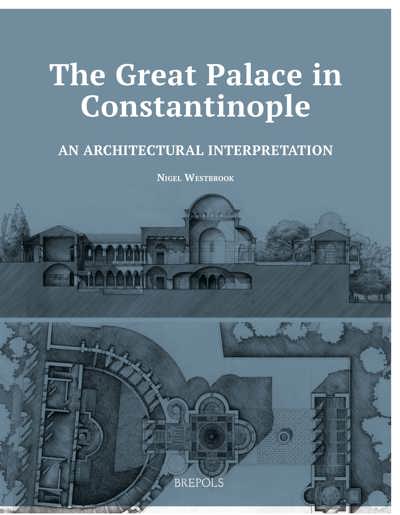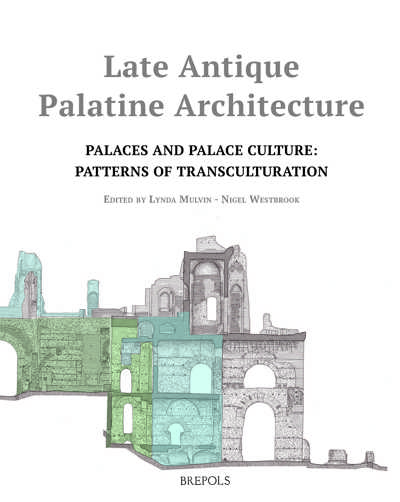
- Pages: 247 p.
- Size:220 x 280 mm
- Illustrations:30 b/w, 91 col.
- Language(s):English, French
- Publication Year:2018
- € 85,00 EXCL. VAT RETAIL PRICE
- ISBN: 978-2-503-57023-5
- Paperback
- Available
“This well-curated volume, rich in images, reveals the complexities of applying the concept of the palimpsest to the built environment and provides architectural historians, critics, and restorers — as well as a broader audience — with an innovative reading for a more comprehensive understanding of architecture.” (Lieber, J., Vigotti, L., Grossman, M. and Ramirez, E., in Architectural Histories, 9/1, 2021)
The original notion of the palimpsest—one that embodies writing, erasure, and rewriting—lends itself especially well to the interpretation of architectural monuments and landscape sites. These are by their very nature often modified significantly over time, leaving them to display a complex layering of forms and a sedimentation of meanings related to the different episodes in their ongoing lives. This volume explores and develops the idea of the architectural and site palimpsest through eleven case studies drawn from different parts of the globe, from Europe and America to Africa and South Asia, and ranging in time from Roman Pompeii and medieval Cairo to modern-day Rwanda and contemporary New York. The purpose behind such chronological and cultural breadth is to provide a multiplicity of examples from which a theoretical model of the three-dimensional palimpsest can be developed, and which would be applicable to monuments and sites from different historical periods and vastly diverse geographical contexts. While there have been many studies of buildings and sites investigating specific, synchronic episodes in their biographies, very few have approached them from the diachronic perspective of the palimpsest, that is, recognizing that the fourth dimension—that of duration—is essential to understanding them as both historic and contemporary entities. As a hermeneutic tool, the concept of the palimpsest embraces the totality of time "compressed" in a given monument or site, while permitting the extraction of a series of legible and meaningful episodes that allow us to read those palimpsests as a narrative of historical processes, whether that narrative is one of deliberate revision, or one of unintended effect. This volume presents a range of methodological possibilities comfortably nestled under a single conceptual umbrella, demonstrating how the notion of the palimpsest can become a paradigm-shifting framework for future, collaborative research in architectural and landscape history.
Introduction. Palimpsests: Buildings, Sites, Time — Nadja Aksamija, Clark Maines, and Phillip Wagoner
I. Building Transformations
Traces of Erasure and Questions of Intention in an Indian Mosque: The Deval Masjid at Bodhan — Phillip Wagoner
The Porta Nigra, Trier: Palimpsest, Cultural Biography, and Heterotopia — Sheila Bonde
The Palimpsest-ing of a Crusader Portal on a Cairene Madrasa — Erik Gustafson
II. Restoration and Rewriting
The Limits of Palimpsest: Architectural Ruins, Reuse, and Remodeling among the Ancient Maya — Sarah Newman
Buildings and Their Doubles: Restoration, Authenticity, and the Palimpsest in Italian Renaissance Architecture — Nadja Aksamija
III. Buildings Inscribed
Cut ‘n Paste: Reconstructing the Façades of the Praedia of Julia Felix in Pompeii — Christopher Parslow
Early Modern Palimpsests and Medieval Portal Sculpture: Three Case Studies in the History of Iconoclasm and Religious Transformation — Clark Maines
IV. Site Transformations
Considering Kadwaha as Palimpsest: Continuities, Discontinuities, and Layers In-Between — Tamara Sears
Temporal Palimpsests and Authenticity in Rwandan Heritage — Annalisa Bolin
Ground Zero as Palimpsest: Erasure, Rebuilding, Rediscovery — Joseph Siry
